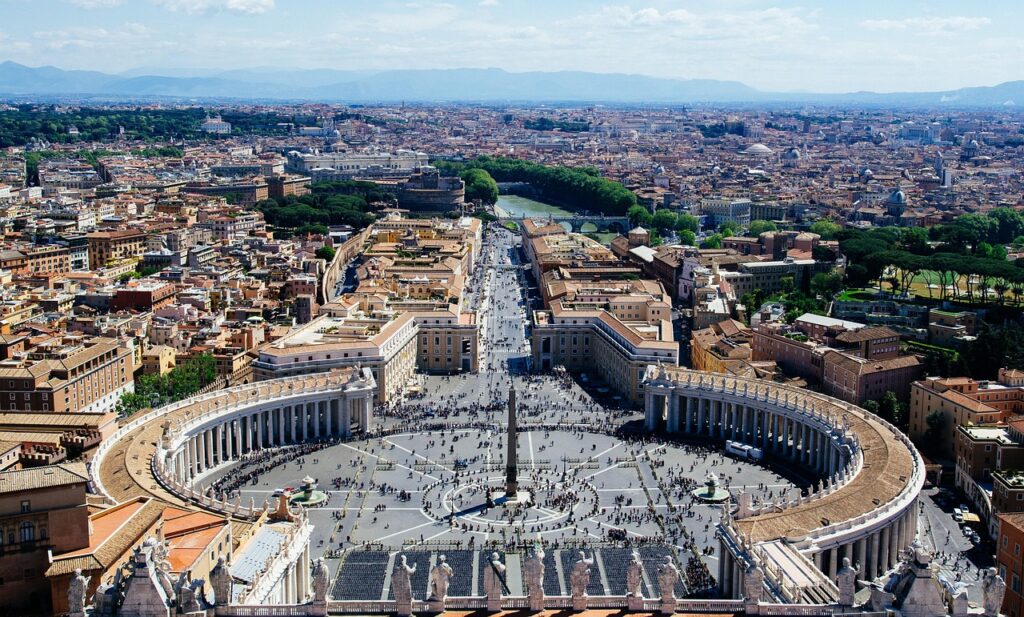
In the annals of history, few figures cast a shadow as long and as influential as Saint Peter. Before the concept of ‘celebrity’ even existed, this man lived a life filled with astounding miracles, profound betrayals, and leadership that would shape the course of Western civilization. Forget the fleeting fame of today’s reality stars; Peter was the original icon, a foundational figure whose story reads like the ultimate dramatic saga, packed with unexpected twists and turns.
From a humble fisherman to the ‘rock’ upon which an entire movement was built, Peter’s journey is nothing short of breathtaking. He was a man of immense faith, yet also deeply flawed, a relatable hero whose personal struggles and triumphs resonate even millennia later. We’re talking about a narrative that features prophecies, divine interventions, fierce debates, and ultimately, a legacy that continues to inspire and divide opinions.
Get ready to pull back the curtain on one of history’s most compelling personalities! In this exclusive deep dive, we’re unpacking the incredible, often surprising, details of Saint Peter’s life, examining the moments that defined him, the relationships that shaped him, and the controversies that followed him. This is the definitive look at the man behind the legend, starting from his very first steps into the spotlight.
1. **Peter’s Many Names and Identity: Unraveling the ‘Rock’ Persona**Before he was known to millions as Peter, he was simply Simon, born Shimon bar Yonah. In some biblical accounts, his name even appears as ‘Simeon,’ a variation that scholars suggest might reflect the common practice among Jews of the time to adopt both a famous Old Testament patriarch’s name and a similar-sounding Greek or Roman equivalent. It’s clear from the outset that Simon was destined for a name that carried significant weight.
But it was Jesus himself who gave Simon the name that would forever define him: Cephas, from the Aramaic ‘Kepha,’ meaning ‘rock’ or ‘stone.’ This powerful moniker was then translated into Greek as ‘Petros,’ which we know today as Peter. The transformation wasn’t just linguistic; it was symbolic, foreshadowing the immense role Simon would play in the nascent Christian movement.
The precise meaning of ‘Kepha’ has sparked scholarly debate for centuries. While many agree it means ‘rock’ or ‘crag,’ some argue it might imply ‘stone,’ perhaps even a ‘precious stone’ to signify a distinguishing person. Yet, most scholars concur that, as a proper name, it pointed to a ‘rough or tough character.’ Whatever the nuance, this new name marked Peter as a man of substance, a cornerstone for something far greater than himself.

2. **From Fishing Boats to ‘Fishers of Men’: Peter’s Unexpected Career Change**Before his dramatic calling, Peter was a hardworking Jewish fisherman from Bethsaida, toiling alongside his brother Andrew, and the sons of Zebedee, James and John. Imagine the scene: the salty air, the worn nets, the daily grind of life on the Sea of Galilee. This was Peter’s reality, a life of practical labor far removed from the theological debates and leadership roles that awaited him.
Then came the moment that changed everything. In a stunning turn of events, Jesus called Simon and his brother Andrew to a new, extraordinary profession: to be ‘fishers of men.’ It wasn’t just a career change; it was a complete life overhaul, promising a purpose far grander than any they could have imagined dragging nets through the water. This pivotal invitation set Peter on a path of destiny.
The Gospels vividly portray Peter’s immediate commitment. Luke’s account describes Jesus using Simon Peter’s own boat to preach to the pressing multitudes before astounding Simon and his companions with a miraculous catch of fish. Immediately after this overwhelming display, they left everything to follow him. The Gospel of John offers a comparable narrative, noting that Andrew, after hearing John the Baptist announce Jesus as the ‘Lamb of God,’ brought Simon to Jesus, who instantly renamed him Cephas. It was a rapid, undeniable shift into a life of profound significance.

3. **Peter’s Personal Life: The Mystery of His Wife and the Mother-in-Law Heal**While Peter’s public ministry is extensively documented, his private life holds intriguing details, particularly concerning his marital status. The three Synoptic Gospels—Matthew, Mark, and Luke—all recount a significant domestic event: Jesus healing Peter’s mother-in-law at their home in Capernaum. This detail is crucial, as it clearly depicts Peter as either married or, at the very least, a widower at the time he joined Jesus. It adds a humanizing layer to his larger-than-life persona.
Further supporting the notion of his marital life, Paul’s First Letter to the Corinthians (9:5) is often interpreted to imply that Peter was indeed married. This biblical hint has led many to assume that Peter wasn’t just a solitary figure but a man with personal ties and a family, making his complete dedication to Jesus’ ministry all the more remarkable. He wasn’t just leaving a fishing boat; he was leaving a household.
Adding a layer of historical intrigue, Clement of Alexandria, a prominent Church Father, claimed that Peter’s wife was eventually executed for her faith by the Roman authorities. While he didn’t specify a date or location, this tradition paints a poignant picture of shared sacrifice. Another opinion suggests Peter might have been a widower when he met Jesus, implying his wife was no longer alive. Regardless, these snippets reveal a personal story often overshadowed by his spiritual one, reminding us that this ‘rock’ also had a very human heart.
4. **The Inner Circle: Peter’s Unquestionable Prominence Among the Apostles**From the very beginning, Peter wasn’t just another disciple; he was a standout. He is consistently listed first among the Twelve Apostles in all four Gospels and in the Book of Acts, a clear indicator of his leadership position. This isn’t just a matter of alphabetical order; it signals a recognized authority and significance within the apostolic group, placing him in an elite class from the start.
Peter’s elevated status was further solidified by his inclusion in an informal triumvirate alongside James the Elder and John. These three were Jesus’ inner circle, granted exclusive access to some of the most profound moments of his ministry. They were the only apostles present at the Raising of Jairus’ daughter, the Transfiguration of Jesus, and the Agony in the Garden of Gethsemane. Such privilege underscores Peter’s unique relationship with Jesus.
Beyond these exclusive moments, Peter frequently acted as the spokesman for all the Apostles, often articulating their collective faith or questions. Catholic scholar John Vidmar notes that “Catholic scholars agree that Peter had an authority that superseded that of the other apostles.” He points to Peter conducting the election of Matthias and his crucial opinion in the debate over converting Gentiles. Indeed, the author of the Acts of the Apostles portrays Peter as the central figure within the early Christian community, a true first leader.
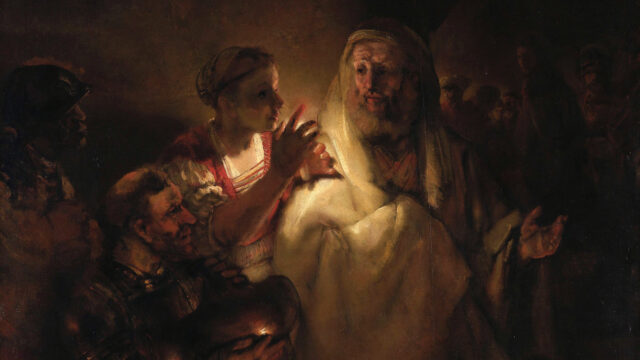
5. **The ‘Rock’ Dialogue: Jesus’ Prophecy and Peter’s Enduring Legacy**It was a moment that reverberated through history: the ‘Rock’ dialogue in Matthew 16:13–19. Jesus poses the pivotal question, “Who do people say that the Son of Man is?” After various responses, he turns directly to his disciples, asking, “Who do you say that I am?” Simon Peter, ever the outspoken one, steps forward with a confession that would become foundational: “You are the Messiah, the Son of the living God.”
Jesus’ response was immediate and world-changing: “Blessed are you, Simon son of Jonah, for this was not revealed to you by flesh and blood, but by my Father in heaven. And I tell you that you are Cephas (Peter) (Petros), and on this rock (petra) I will build my church, and the gates of Hades will not overcome it. I will give you the keys of the kingdom of heaven; whatever you bind on earth will be bound in heaven, and whatever you loose on earth will be loosed in heaven.” This declaration bestowed upon Peter a unique authority, painting him as the cornerstone of the nascent church, entrusted with divine keys and power.
Interestingly, Jesuit Father Daniel J. Harrington provides a nuanced perspective, suggesting Peter was an “unlikely symbol of stability.” Despite being a primary spokesman, Peter was also the exemplar of “little faith,” as seen when Jesus questions him, “O you of little faith, why did you doubt?” and, of course, his later denials. Yet, Harrington concludes that “in light of the Easter event, Peter became an exemplar of the forgiven sinner,” turning his flaws into a powerful testament to redemption. This complexity makes Peter’s story even more compelling.
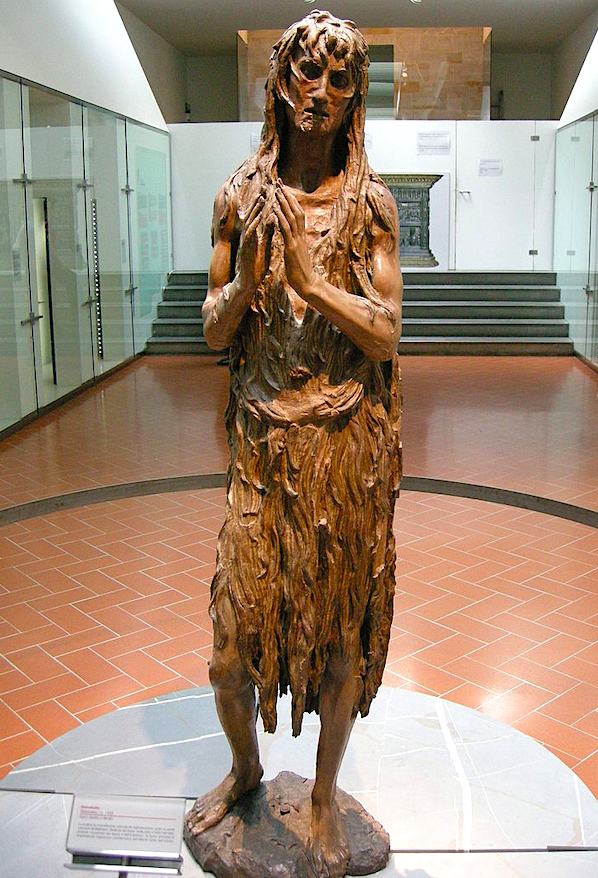
6. **The Ultimate Betrayal: Peter’s Infamous Denials of Jesus**Even with his prominent position and divine prophecy, Peter’s human frailty was dramatically exposed during Jesus’ arrest and trial. At the Last Supper, Jesus chillingly foretold that Peter would deny him not once, not twice, but three times before the cock crowed. It was a prophecy that Peter vehemently rejected, convinced of his unwavering loyalty. Yet, the events of that fateful night would prove otherwise, etching a moment of profound human weakness into sacred history.
All four canonical Gospels recount the agonizing details of Peter’s threefold denial. First, a female servant of the high priest spots Peter, claiming he had been with Jesus. He denies it. According to Mark, “the rooster crowed” after this initial confrontation. Luke and John add vivid details, describing Peter warming himself by a fire among others, attempting to blend in, a picture of a man caught between loyalty and fear.
The second denial occurs when Peter moves to the gateway, trying to escape scrutiny. Another servant girl or a man accuses him, and he denies it again. For John, “the rooster crowed” once more. Finally, a third denial comes when Peter’s distinct Galilean accent gives him away, confirming his association with Jesus. “The rooster crowed,” according to Matthew, Mark, and Luke, a stark, painful reminder of Jesus’ prophecy. These moments highlight the intense pressure and fear that Peter faced, making his eventual path to leadership all the more miraculous and inspiring.” , “_words_section1”: “1947
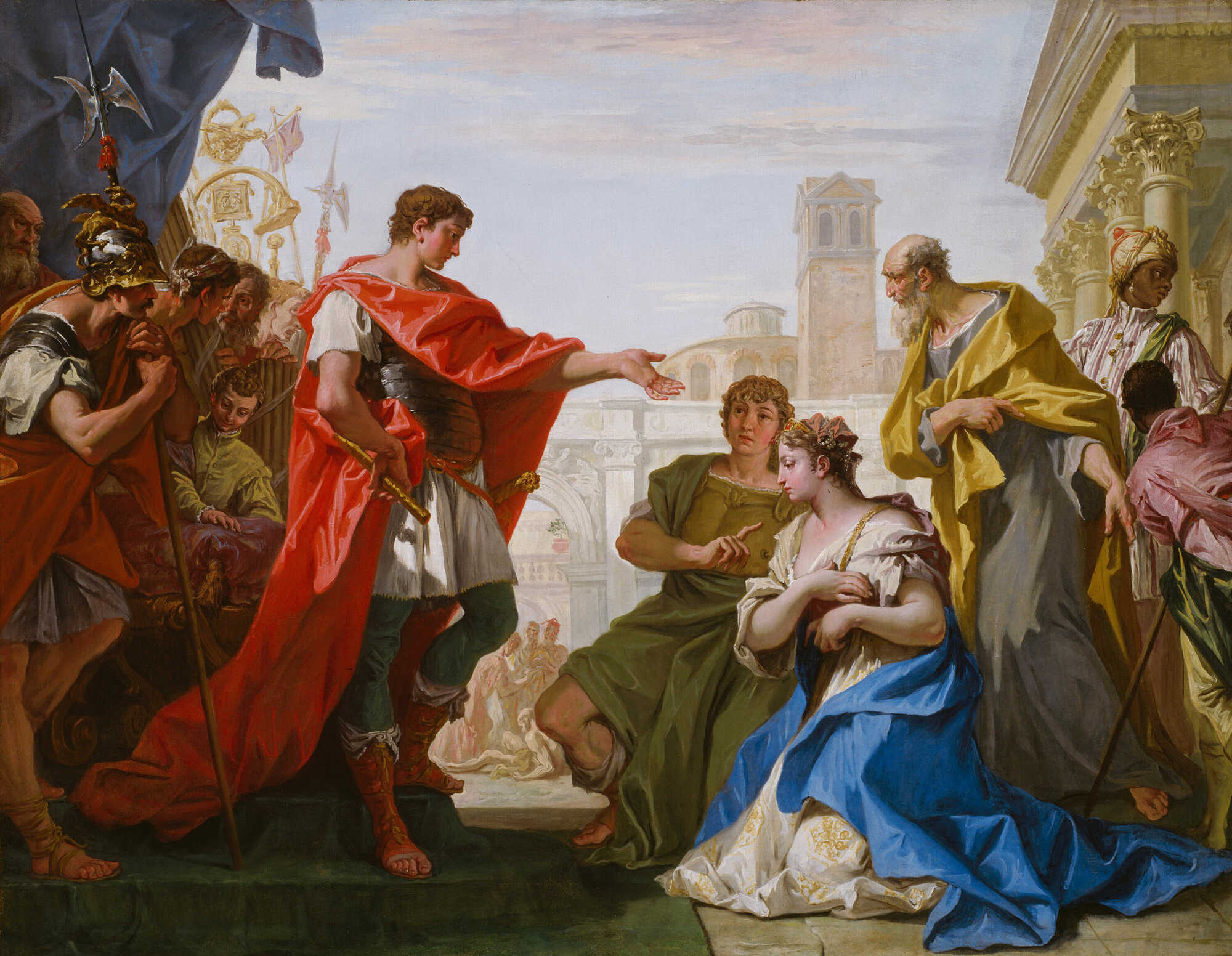
7. **Peter’s Unforgettable Moments with Jesus: Beyond the Denials**Even after the profound shame of his denials, Peter remained a central, if sometimes impulsive, figure in Jesus’ ministry. His passionate and often headstrong nature led him into some truly unforgettable moments with the Messiah, moments that further illuminate the complex character of the man destined to become the ‘rock’ of the church. These weren’t just teachings; they were real-life dramas playing out with eternal stakes.
Take the astonishing account of Peter walking on water, for example. In a breathtaking display of faith, he stepped out of the boat at Jesus’ command, defying the laws of nature. Yet, his human frailty quickly surfaced as he began to doubt, and the waves suddenly felt too strong. He began to sink, needing Jesus’ outstretched hand to save him. It’s a powerful metaphor for his entire journey, isn’t it? A man of incredible faith, yet prone to moments of profound fear and doubt.
Then there’s the poignant scene at the Last Supper, where Jesus began to wash his disciples’ feet. Peter, ever the outspoken and zealous one, initially refused, protesting that Jesus, his Lord, should never perform such a humbling act for him. But when Jesus explained its deeper meaning—that if he didn’t wash Peter, Peter would have no part with him—Peter, with characteristic exuberance, exclaimed, “Lord, not my feet only, but also my hands and my head!” This moment perfectly captures his enthusiastic, all-or-nothing devotion.
And who could forget the intense drama in the Garden of Gethsemane? When Jesus was arrested, it was Peter who impulsively drew his sword, striking the High Priest’s servant, Malchus, and cutting off his ear. This was Peter, fiercely protective and ready to defend his Lord at all costs, even with violence. Jesus, however, immediately healed Malchus, teaching Peter a crucial lesson about non-violence and divine intervention. These instances, though often impulsive, demonstrate a loyalty and a learning curve that make Peter incredibly relatable.
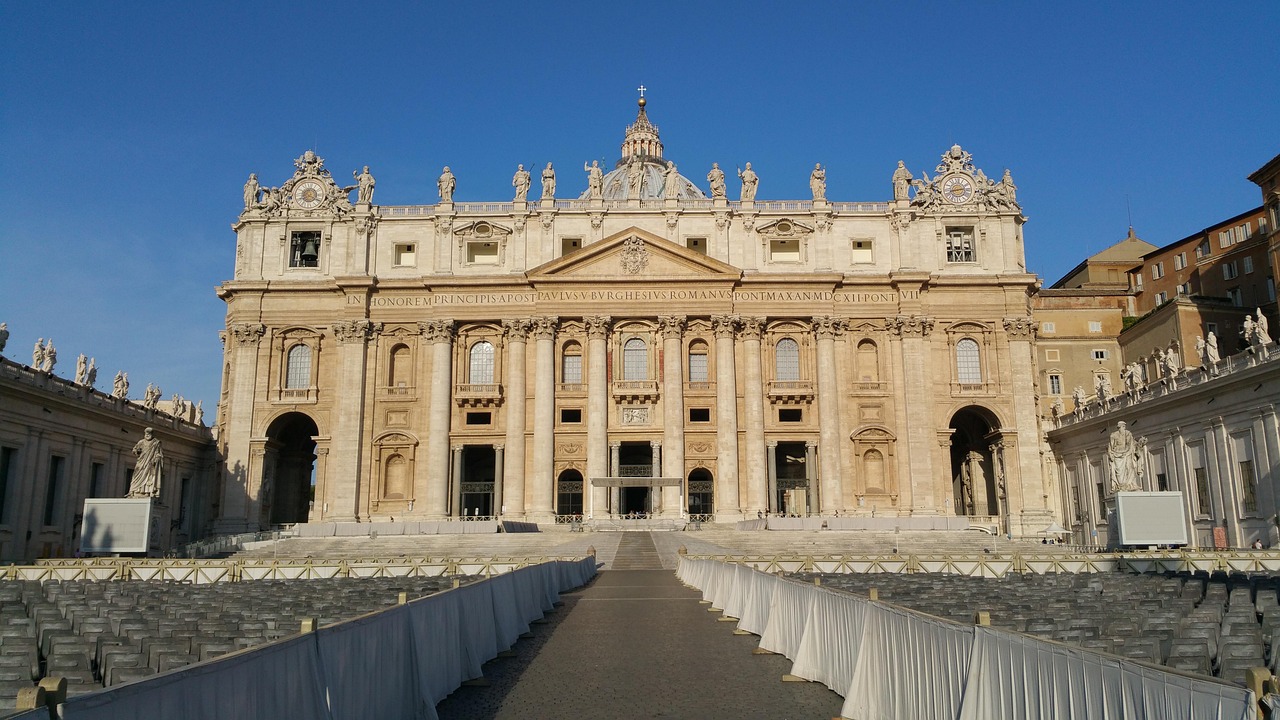
8. **Rising to Leadership: Forging the Early Christian Community**After the resurrection, Peter’s comeback story truly began, cementing his status as the undisputed leader of the nascent Christian movement. Paul’s First Epistle to the Corinthians thrillingly confirms that Peter was the very first person to see the risen Christ, a profound encounter that undoubtedly restored his confidence and legitimized his position after the painful denials. This wasn’t just forgiveness; it was a divine reaffirmation of his destiny.
With Jesus’ ascension, Peter didn’t shy away from the spotlight. He immediately assumed a commanding role within the growing group of early followers, laying the groundwork for what would become the Jerusalem *ekklēsia*. He, along with James the Just and John the Apostle, were recognized as the “three Pillars of the Church,” but Peter consistently acted as the primary spokesman and decision-maker, guiding the community through its foundational challenges.
His leadership wasn’t just symbolic; it was practical and decisive. We see Peter actively conducting the election of Matthias to replace Judas, ensuring the apostolic ranks remained whole. More critically, his “crucial opinion” in the heated debate over converting Gentiles was a game-changer for the early church. It marked a pivotal shift, opening the doors of faith beyond Jewish traditions and setting the course for Christianity’s global expansion.
Indeed, Peter became the essential “bridge-man,” as Methodist historian James D. G. Dunn brilliantly put it. He navigated the often-opposing views of conservative Jewish Christians and the more liberal Pauline factions, doing more than anyone else to hold together the diverse threads of first-century Christianity. He was the unifying force, proving that leadership isn’t just about authority, but about the ability to reconcile and inspire, even after personal setbacks.

9. **The Global Mission: Peter’s Adventurous Journeys**Peter wasn’t one to stay put, and his call to be a “fisher of men” took him far beyond the Sea of Galilee. He embarked on adventurous missionary journeys, spreading the Gospel to new territories and truly becoming an apostle to the Jews. His travels included significant stops in places like Lydda, Joppa, and Caesarea, each location marking another crucial step in the expansion of the early Christian message.
One of the most revolutionary moments occurred during his stay in Joppa, where Peter received a profound vision from God. This vision dramatically allowed the eating of previously “unclean” animals, a seemingly dietary shift that carried monumental theological implications. It was this divine revelation that directly led to the early believers making the crucial decision to evangelize the Gentiles, fundamentally altering the trajectory of Christianity by removing the strict adherence to Jewish Law for converts.
However, Peter’s missionary zeal wasn’t without its challenges, or even public confrontations. The infamous “Incident at Antioch” saw Paul the Apostle openly rebuke Peter “to his face” because Peter had withdrawn from eating with Gentile converts due to pressure from conservative Jewish Christians. This very public disagreement highlights the real growing pains of the early church and even its top leaders, showcasing that even the “rock” could stumble under pressure and face accountability.
Beyond these dramatic events, there are suggestions that Peter also visited Corinth in Greece, with First Corinthians hinting at a “party of Cephas” among the diverse factions there. This further illustrates the widespread influence Peter wielded and the immense scope of his missionary efforts. He wasn’t just a leader in Jerusalem; he was a global trailblazer, planting seeds of faith across the Roman world.

10. **Miraculous Escapes and Mysterious Departures**Just when you might think Peter’s life had enough drama, Acts 12 delivers a sequence of events straight out of an action movie. Peter, ever the prominent figure, found himself in Jerusalem and, during a period of intense persecution, was thrown into prison by King Herod Agrippa. With Herod’s reputation, Peter was undoubtedly facing a grim fate, perhaps even execution, a terrifying moment for the budding Christian community.
But divine intervention had other plans! The New Testament vividly describes a miraculous escape: an angel of the Lord appeared, light filled the cell, and Peter’s chains fell off. The angel led him past guards and through a great iron gate that opened by itself, bringing him to freedom. It was an astonishing, unexplainable liberation, a testament to the powerful hand of God protecting His chosen leader from certain death.
After this incredible, Houdini-esque escape, Peter didn’t stick around. The Acts of the Apostles simply states that he left Jerusalem to go to “another place.” This rather mysterious departure leaves his immediate whereabouts open to speculation, adding an intriguing layer of enigma to his post-prison movements and creating a gap in the biblical narrative of his journey.
This deliberate lack of detailed information about his subsequent activities in the New Testament allowed for traditions and legends to flourish, particularly concerning his later travels and eventual destination. It’s almost as if the biblical authors, knowing the eventual outcome of his ministry, wanted to leave the details of his interim adventures to the rich tapestry of early Christian oral tradition, setting the stage for his next, and most impactful, chapter.

11. **The Rome Connection: Papacy, Succession, and Enduring Debates**The enduring and most significant debate surrounding Saint Peter centers on his connection to Rome and the establishment of the papacy. For the Catholic Church, Peter’s role as the first Bishop of Rome and the inaugural Pope is a foundational doctrine, asserting a direct line of succession from Peter to every subsequent Pope, a lineage that underpins the entire institution.
However, it’s a narrative steeped in both historical affirmation and scholarly discussion. While early Church Fathers like Irenaeus of Lyons, Eusebius, and Tertullian explicitly state that Peter was a co-founder of the Church in Rome and appointed successors like Linus and Clement, direct biblical evidence confirming his extended presence in Rome is not as explicit. Paul’s Epistle to the Romans, written before Peter’s traditional arrival, famously greets many, but not Peter, suggesting he wasn’t there then.
Yet, a crucial piece of textual evidence often cited is Peter’s own First Epistle, which concludes with a greeting from “The church that is at Babylon.” Most scholars widely agree that “Babylon” in this context is a common symbolic pseudonym for Rome in Jewish and early Christian literature, particularly given Rome’s perceived moral corruption and imperial power, echoing the ancient Mesopotamian empire.
Adding a legendary flourish to his Roman connection are the stories of Peter’s dramatic confrontation with Simon Magus. As recounted by Eusebius and Jerome, the sorcerer Simon Magus, after clashing with Peter in Judea, fled to Rome, where he gained a following and was even regarded as a god. Peter, following him to the Eternal City, exposed Simon’s trickery and destroyed his influence, solidifying Peter’s heroic stand against false teachings and cementing his place in Roman Christian lore.

12. **The Ultimate Sacrifice: Crucifixion and Sacred Burial**The final, most dramatic chapter of Saint Peter’s life culminates in his martyrdom, an event poignantly foreshadowed by Jesus himself in the epilogue of the Gospel of John: “But when you grow old, you will stretch out your hands, and someone else will fasten a belt around you and take you where you do not wish to go.” This chilling prophecy is widely interpreted as a direct reference to Peter’s eventual crucifixion, signaling his ultimate sacrifice.
Church tradition powerfully recounts that Peter was crucified in Rome during the reign of Emperor Nero, likely around the time of the devastating Great Fire of Rome in 64 AD. The most iconic detail is that Peter, out of profound humility, requested to be crucified upside down, deeming himself unworthy to die in the same manner as his Lord. This act of reverence and self-sacrifice has left an indelible mark on Christian iconography and devotion.
The emotional “Quo vadis, Domine?” story, stemming from the apocryphal Acts of Peter, offers a vivid depiction of his courage. As Peter allegedly fled Rome to escape execution, he encountered the risen Jesus, to whom he asked, “Where are you going, Lord?” Jesus’ reply – “I am going to Rome to be crucified again” – inspired Peter to turn back, face his fate, and embrace his martyrdom, turning a moment of fear into one of profound conviction.
Read more about: From Fisherman to ‘The Rock’: Unpacking 14 Iconic Moments in the Life of Saint Peter
And so, the journey of the fisherman, the denier, the ‘rock,’ concluded on Vatican Hill. Tradition firmly locates his burial place directly beneath the high altar of what would become the magnificent Basilica of Saint Peter. This sacred site, a cornerstone of Christendom, stands as a perpetual testament to Peter’s extraordinary life, his enduring legacy, and the ultimate sacrifice he made for the faith, forever establishing him as a true superstar of spiritual history.


